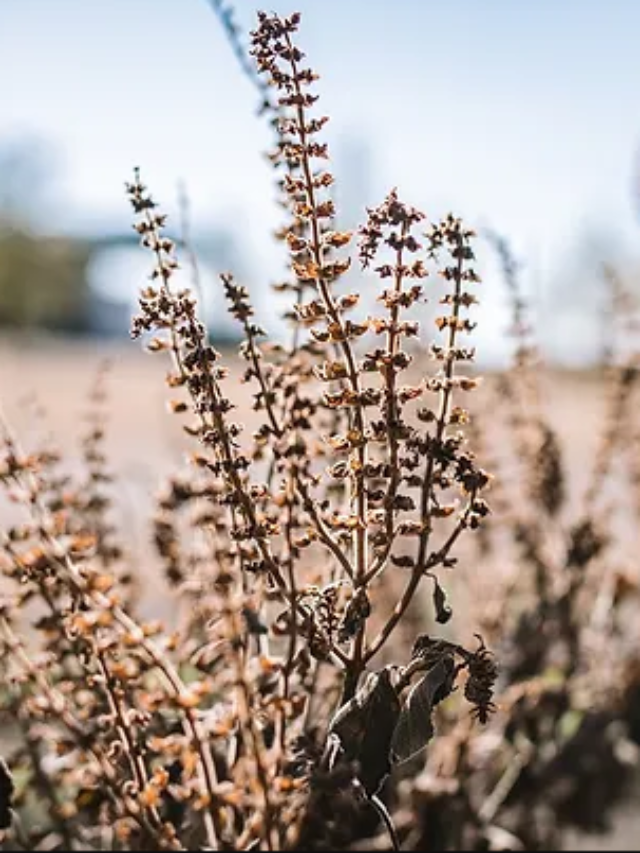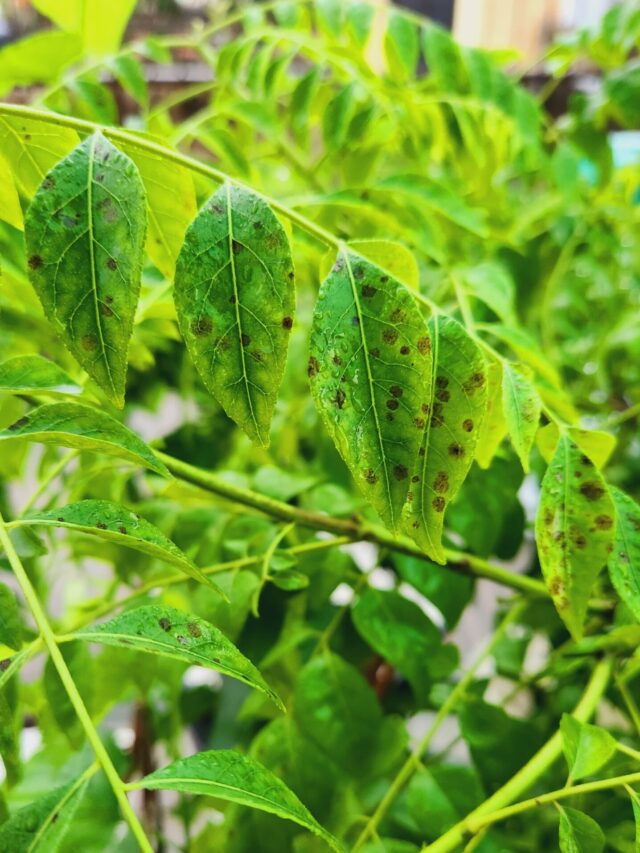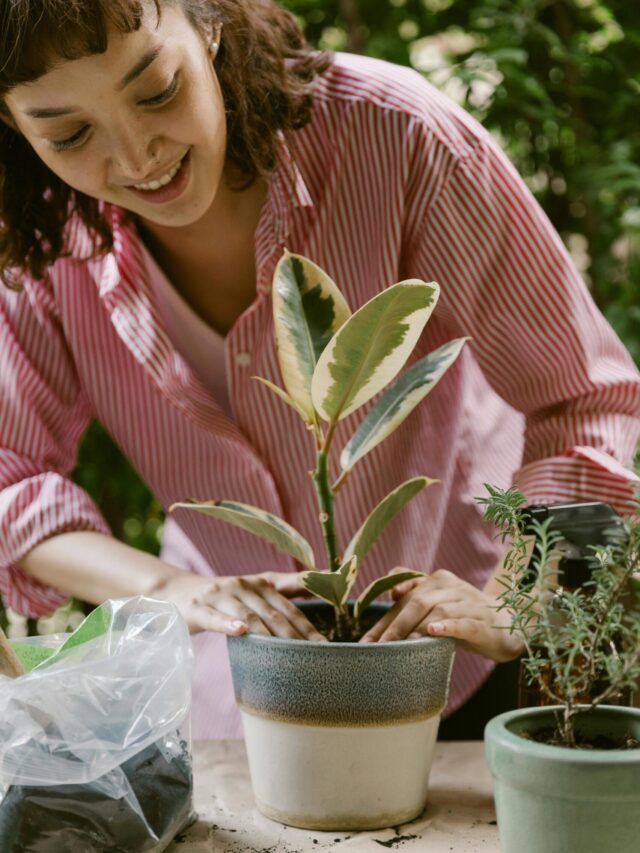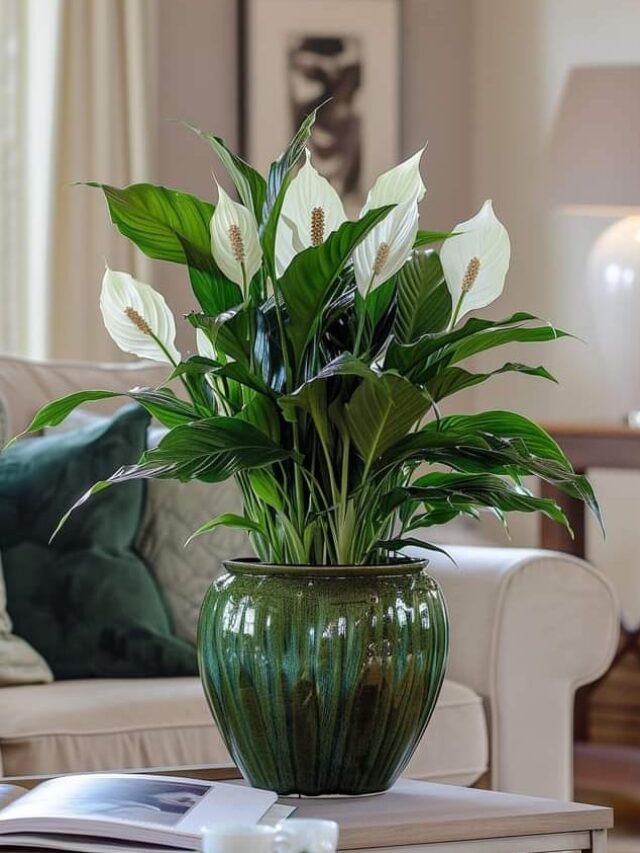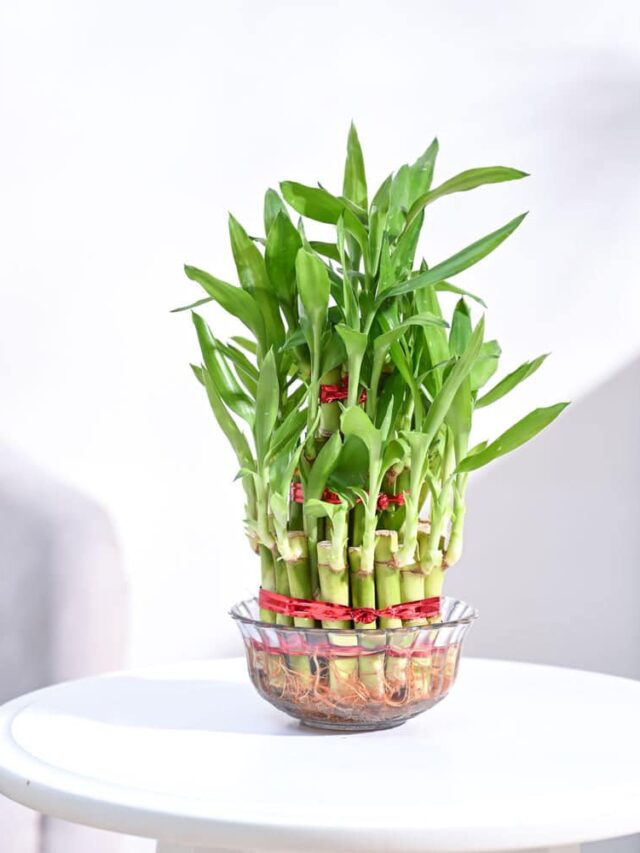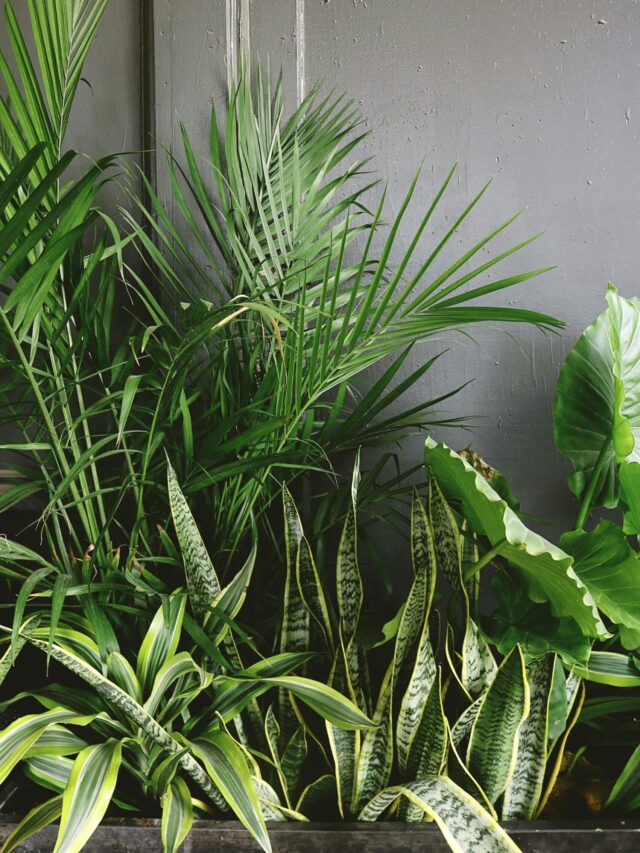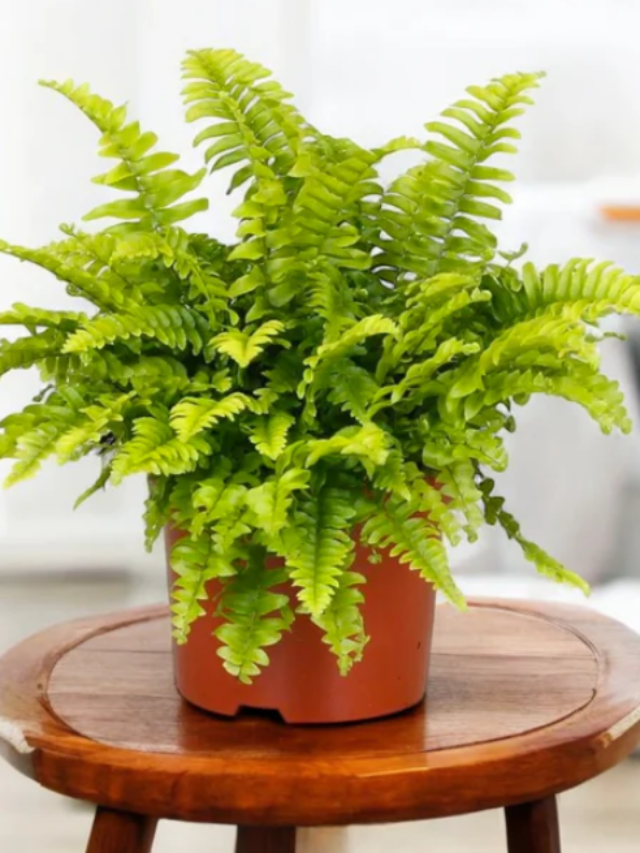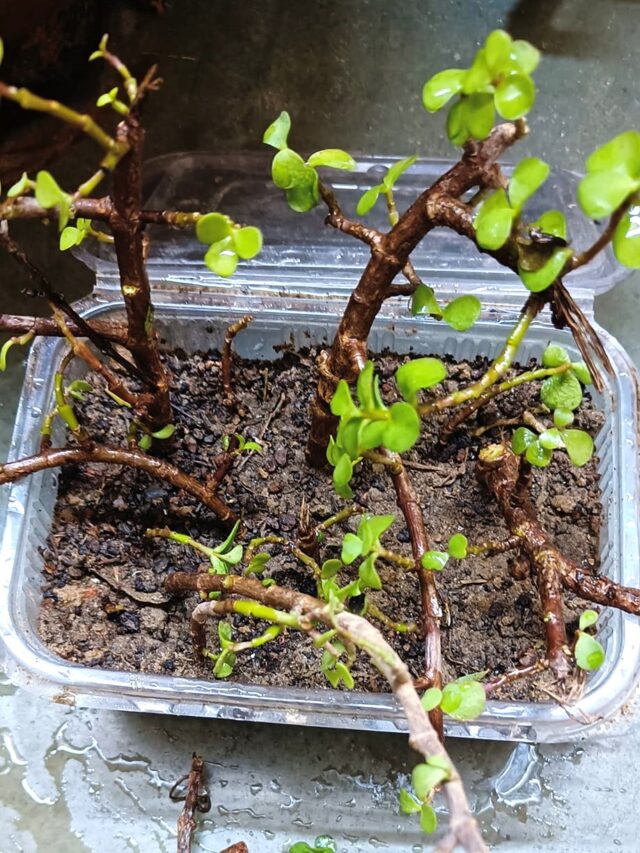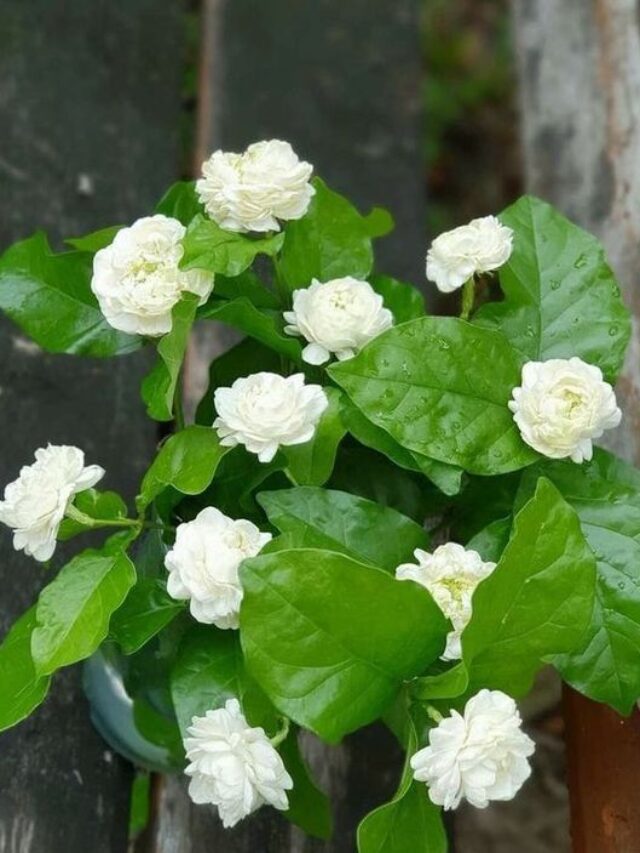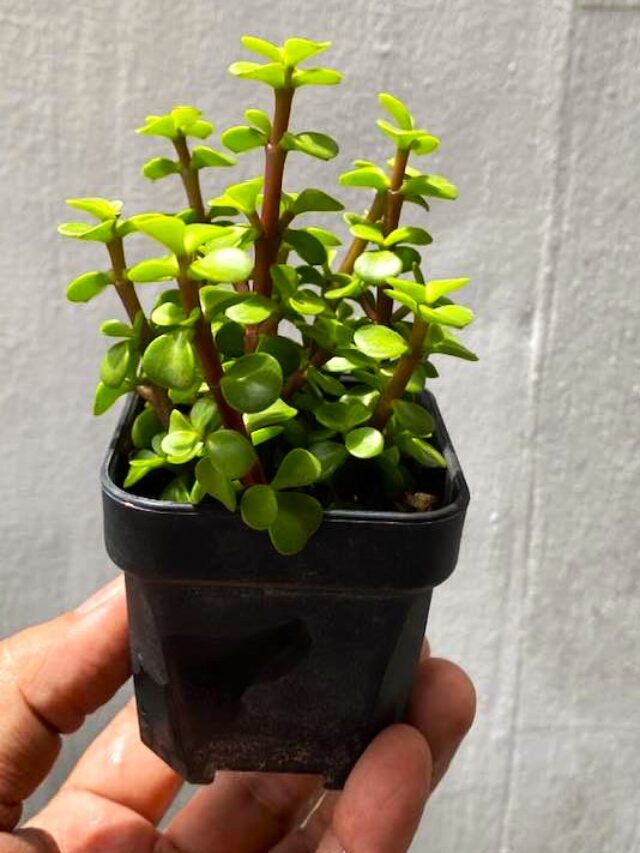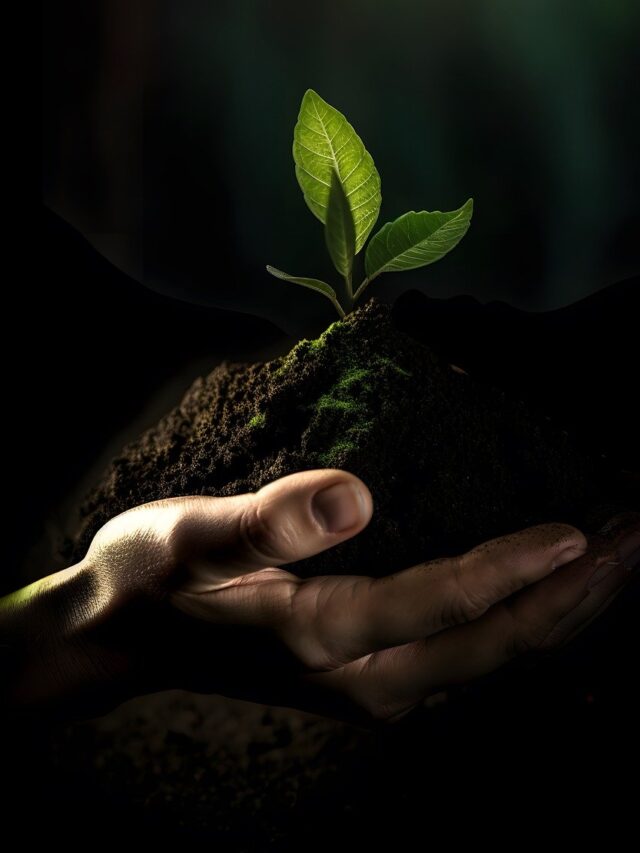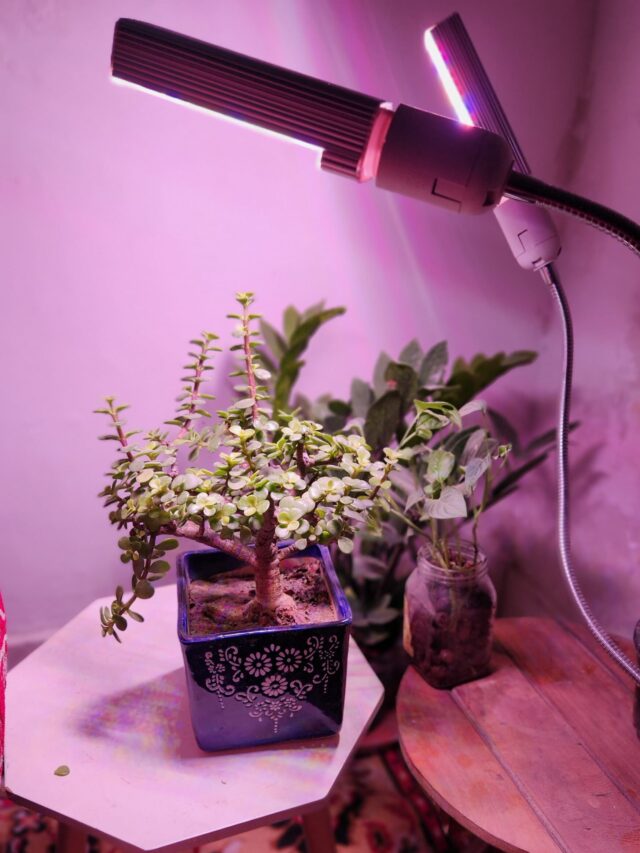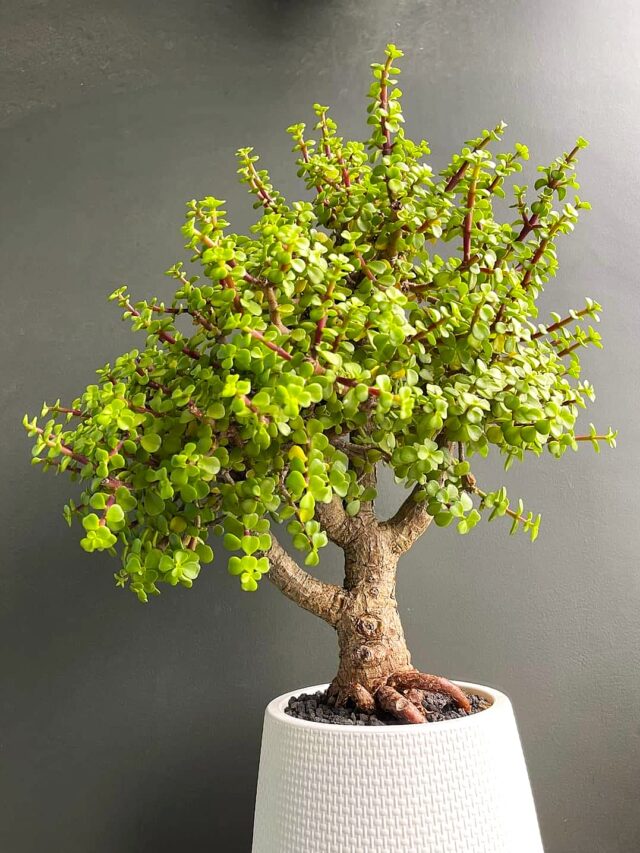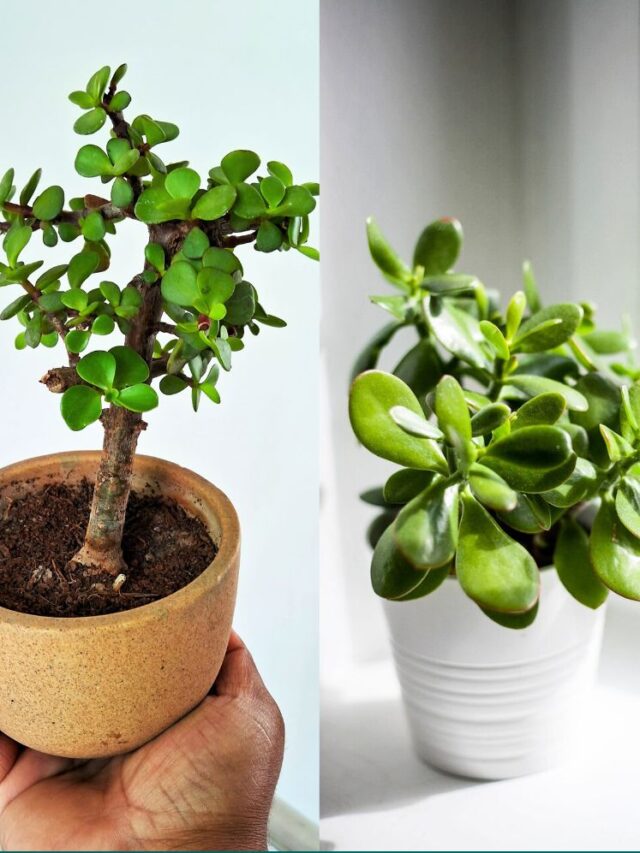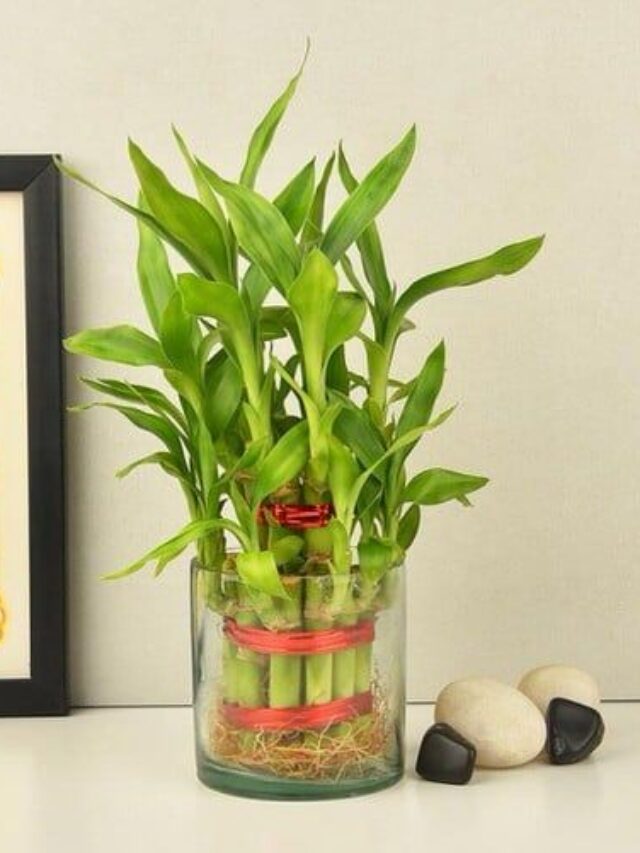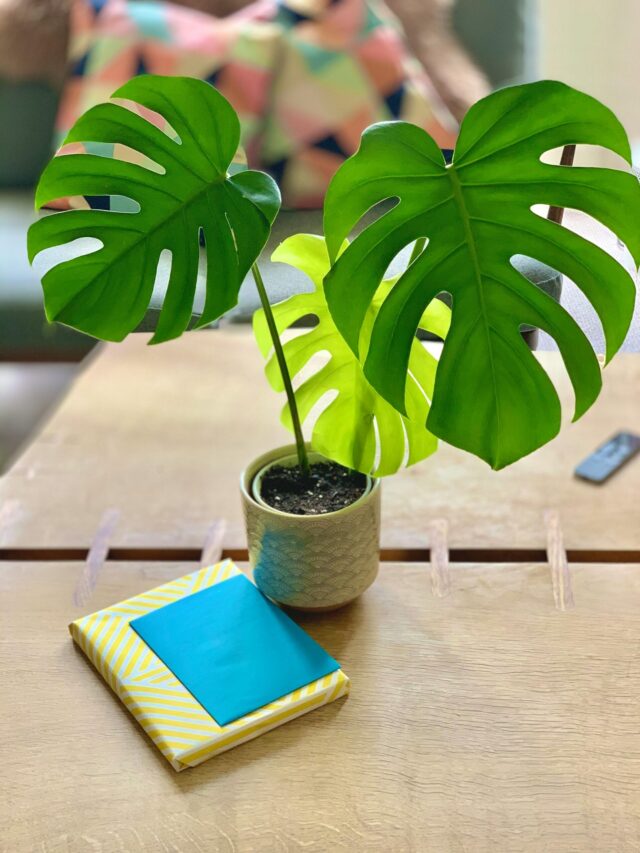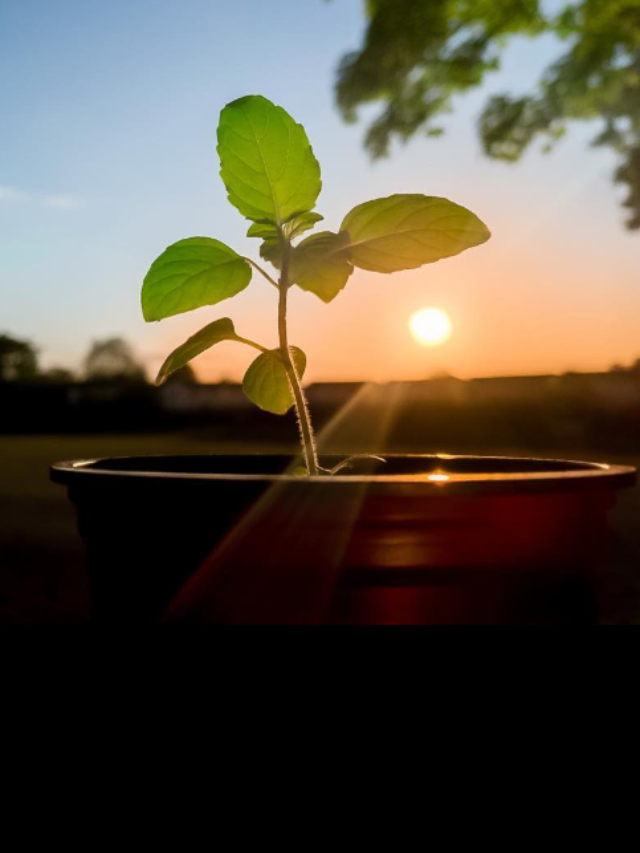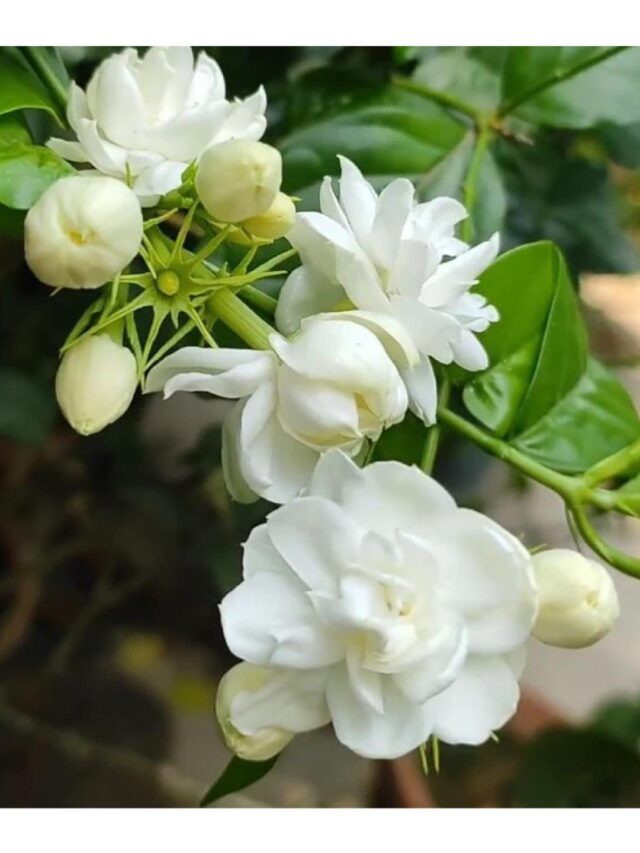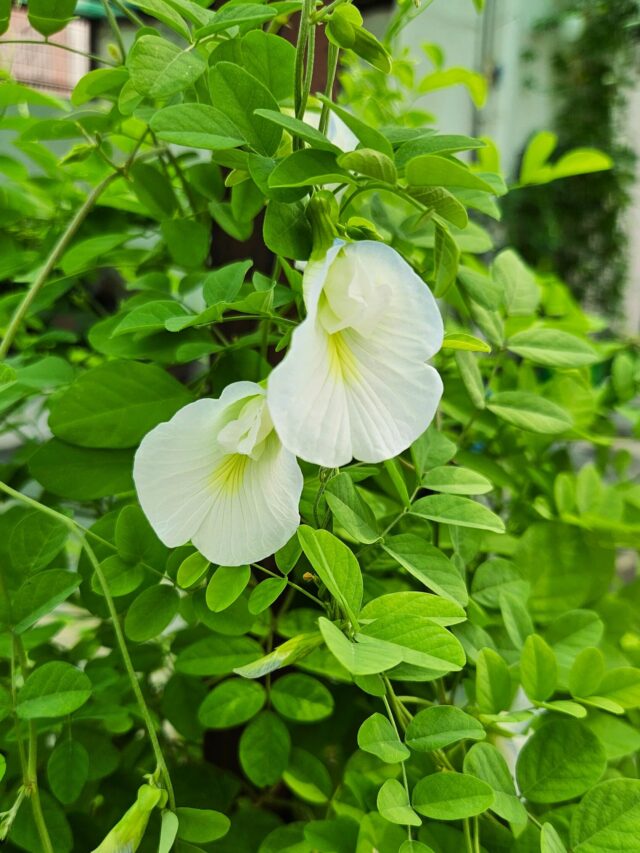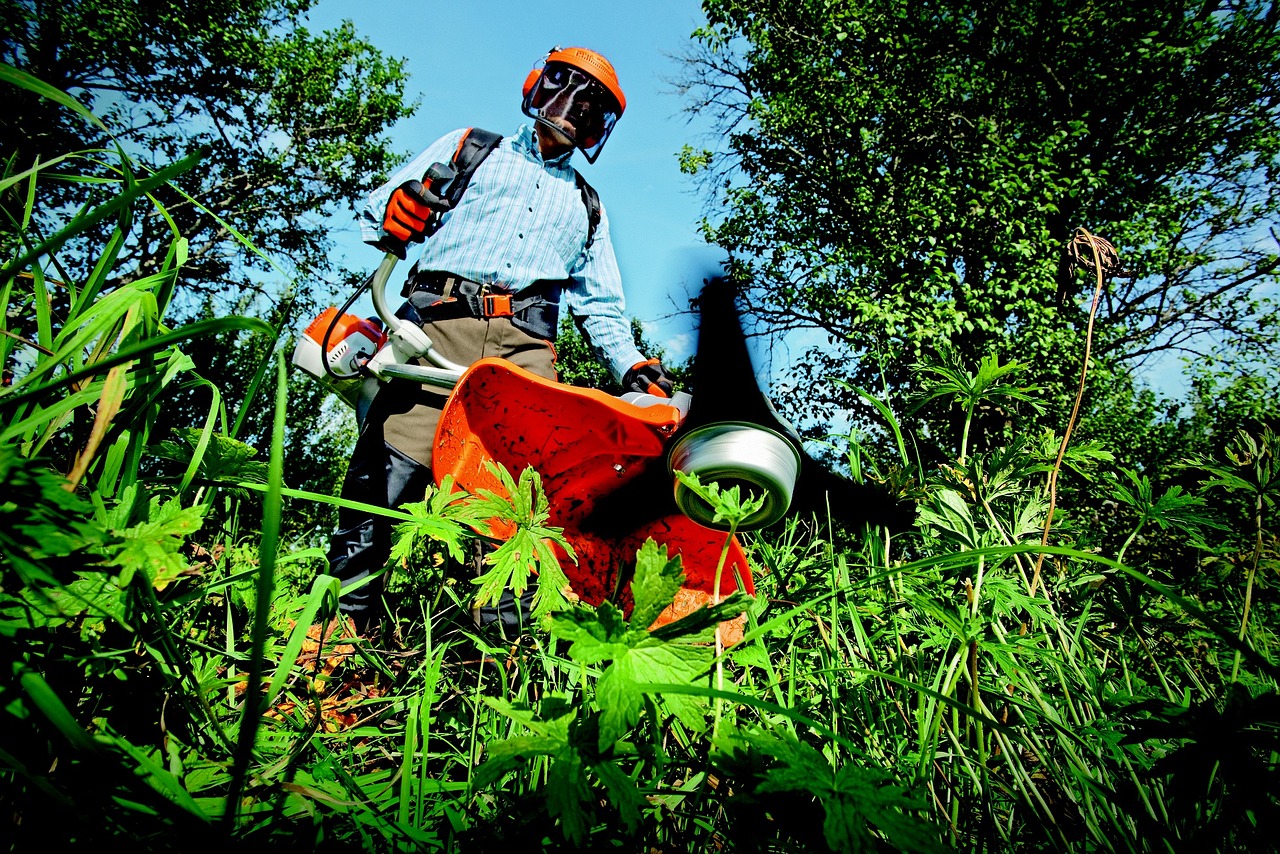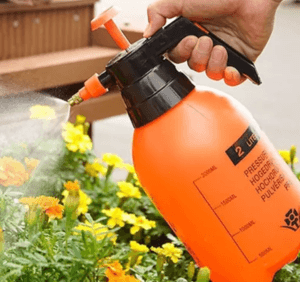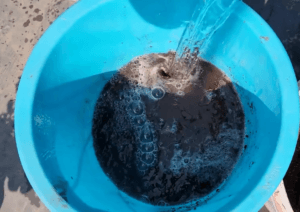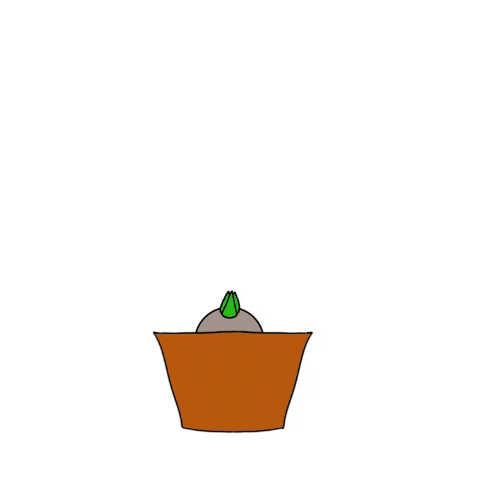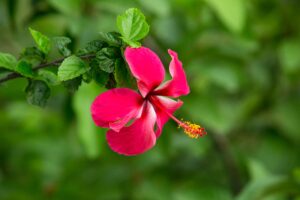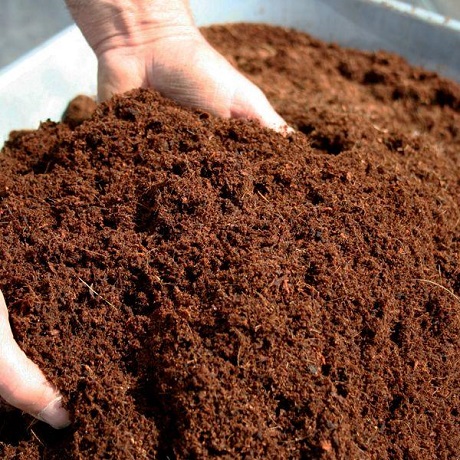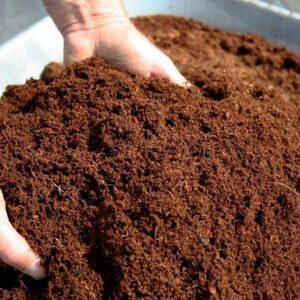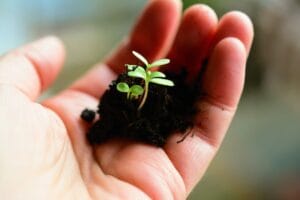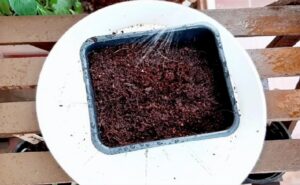While doing gardening, we often make some mistakes, which we should not do. Due to this, our plants are not able to grow that well. Whether you are experienced or a beginner, you should know these few things which I am going to tell you through this article.
1 – Do not ignore “Tilling of Soil”

Generally, people make lots of efforts for the growth of their plants like giving fertilizers on time, feeding humic acid or bio enzymes, pruning at regular intervals, and many more things but they do not give much importance to the basics of gardening that is doing “tilling of the soil”.
The tilling process is important for various reasons-
- It makes the soil soft.
- Soil nutrients get shuffled up and down.
- It maintains good aeration.
- Roots become strong and healthy.
Once a week, tilling of the soil should be done for the optimal growth of the plants.
2 – Not using the proper technique of spraying pesticides
Pests attack is very common in plants and in particular season insects like mealy bugs, aphids, ants, spider mites plus many others start growing.
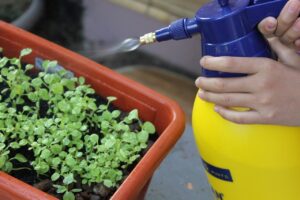
- To get rid of them various pesticide solutions are available and prepared. To refrain from insects proper process of spraying needs to be followed.
- First of all remove all the insects from affected plants by using cotton buds, tissue paper, or any cotton cloth. Clean all the leaves, branches, and all the parts of the plants.
- After that, spray the solution on each and every part of the plants, the side of the leaves, all the branches, on buds or flowers. If even a single insect remains on the plant then there would be a pest attack again and questions will arise on the effectiveness of the solution.
- So, here solution would not be a culprit but proper methodology needs to be followed.
- Follow the treatment on every alternate day until the plant is pest-free.
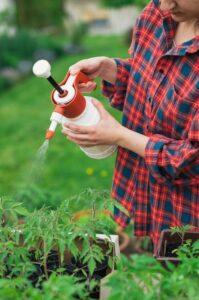
3 – Selecting the wrong Pots Structure
Despite the material, the structure of the pot matters a lot. 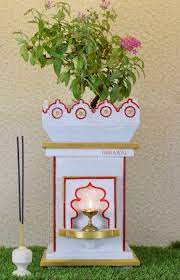
- Avoid narrow pots because, at the time of tilling, repotting, giving compost or fertilizer, and removing weeds, space is needed to loosen the soil. In narrow pots, we do not get proper space, either the pot will break or the plant will get damaged.
- Be it, ceramic, plastic, or cement but opt for broad-size pots. Soil would get enough sunlight, tilling can be done easily and the aeration process would be maintained in broad-size pots.
4 – Adding chemicals to compost
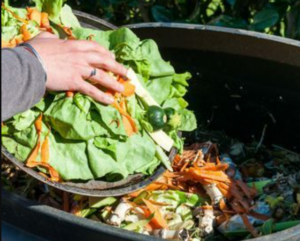
When composts are made at home (any compost – leaf compost, kitchen or cow dung compost), naturally it takes 2 and 2.5 months to make. All the material gets decomposed in the presence of bacteria and fungus which is a slow process.
- Some people are accelerating this process by adding chemicals to it and compost gets ready in 7-10 days, which is not the correct method.
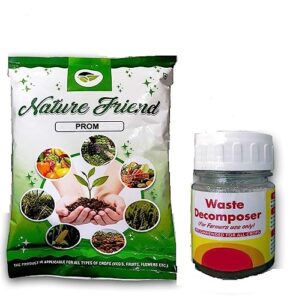
- No chemicals should be added to get pure organic compost, moreover, if anything chemically manifested things (compost) is added to the plant then it will deplete the nutrition level of the soil.
- Fruits, flowers, or vegetables grown by adding this compost would not be organic hence they would be chemically injected which is not good for health.
- To fasten the process of compost making, add organic or natural; things like buttermilk, vermicompost, sour curd, or worms. All these things will accelerate the process of decaying material.
5 – Not feeding Fertilizers to the plant
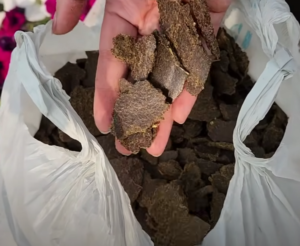
Heavy feeder plants like flowering, fruiting, and vegetable plants need fertilizers at regular intervals. They will look beautiful and tempting at nurseries because proper care of them is taken there but after getting them at home, many of them would stop growing.
- These plants need fertilizer every 20-25 days.
- NPK, micronutrients, or any other organic fertilizer should be given to the plant to meet the nutrient level of the soil for the booming growth of the plant.
6 – Incorrect way of using Neem Oil

Neem oil is an organic oil and the best pesticide but many people complain that after using neem oil their plants get burnt. Well, the problem is not the neem oil here but the problem is how it is used.
- Neem oil is strong so when applied to the leaves, the pores of the leaves get blocked and the process of photosynthesis gets seized.
- To refrain from this, always spray neem oil in the evening and keep the plant for the night as it is. The next day, in the morning before sunrise, wash the plant properly with ample water.
- Neem oil will do its work at night so make sure leaves with neem oil do not get exposed to sun. While washing, oil might fall in the soil but that is ok.
Happy Gardening!!
